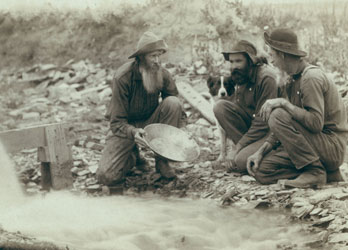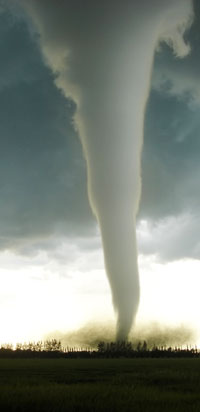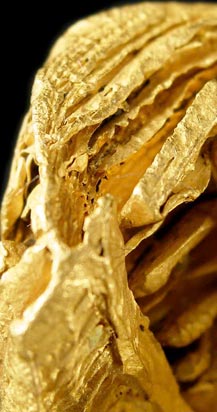
 A modern gold rush spurs millions to chase record-high prices. The environmental legacy of the '49er era has led to stricter regulation in North America. Further south, it's a different story.
A modern gold rush spurs millions to chase record-high prices. The environmental legacy of the '49er era has led to stricter regulation in North America. Further south, it's a different story.
Californians are still living with destroyed habitat and toxic waste generated during the state’s famous 19th century gold rush. Since then environmental regulations in the United States have come a long way, but in developing countries in South America, wildcat miners are repeating all the mistakes that left California with such a tainted riparian legacy: deforestation, eroded river banks, and use of mercury.
Suction dredge mining is like a giant underwater vacuum. The miner sucks up mud, dirt, and rocks and filters it through a sluice box. This process muddies the water and also resuspends mercury left over from the first gold rush. A few years ago, the Karuk tribe sued over mining impacts on fish in the Klamath and nearby river basins. The court imposed a moratorium on suction dredge mining and the California Department of Fish and Game has now proposed regulations for where it can be done and when. A recent public comment period got thousands of responses. Final regulations are expected in the fall.
I was surprised to learn … that people are still out there gold mining. There’s a community of people, now bolstered by the Internet, that really loves this, loves the history, loves being in the mountains, and it’s kind of a passion for them. There are people who don’t even use suction dredges, who just go up there to gold pan.
Notable quote: Peter Moyle, a professor of fish biology at U.C. Davis, said, “It’s a death by a thousand cuts. These fish just are getting hit on all sides. So it’s really hard to determine what’s impacting what.” In such a large ecosystem, with so many impacts, including suburban development, agricultural runoff, deforestation along rivers, it can be difficult to pinpoint one specific cause and effect.
Click to read more about this topic
More than 10 million people in more than 60 countries work in “artisanal” mining. In the past few years, skyrocketing gold prices have lured subsistence farmers and others who barely eke out a living into gold camps in Latin America, Asia, and Africa. Because they operate outside the formal economy, their activities are difficult to regulate, so miners and their families suffer from accidents, health problems related to mercury or cyanide exposure, and other occupational hazards. The environmental impact is also high: mercury accumulates in the food chain, rivers become clogged with sediment, and deforestation may even jeopardize countries’ plans for carbon-trading schemes that could provide incentives to keep forests intact.
Backstory: Ancient inhabitants of the Americas panned and mined gold long before Europeans arrived, but modern techniques have proven to be much more harmful to the environment and humans. Collectively, artisanal mining is big business, and if gold prices remain high, unregulated wildcat mining will continue to destroy forests and rivers in countries like Peru, Brazil, Guyana, and Suriname. Regulating informal mining takes a lot of political will, a crackdown on corruption, and the cooperation of various government agencies. Miners also need technical assistance and incentives to set up formal businesses, which are more likely to comply with regulations.
Looking forward: Consumers can help encourage better practices by purchasing gold that carries “fair trade” or “fair mined” certification, meaning that environmental and social requirements have been met, such as proper handling of waste and elimination of child labor.
Click to read more about this topic
- Townspeople, gold shopkeepers highly exposed to mercury in Peru [By Barbara Fraser, Environmental Health News]
- In Peru, Hopes for Carbon Deal Wash Away with the Soil [By Barbara Fraser, The Daily Climate]
- Peruvian Gold Rush Threatens Health and the Environment [By Barbara Fraser, Environmental Science & Technology]
- The Alliance for Responsible Mining [Alliance Website, communitymining.org]
| Tweet This Page |










